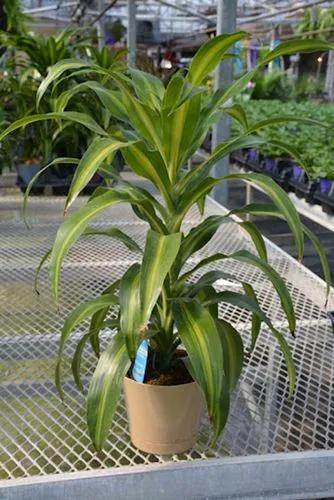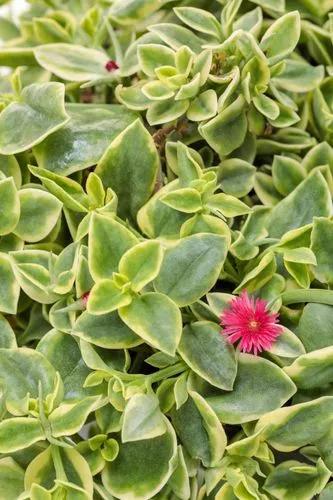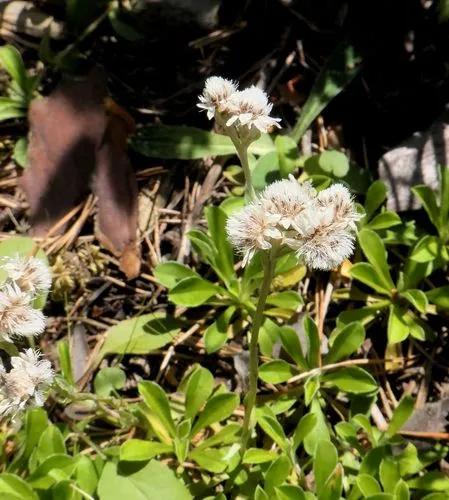Fittonia is a decorative leafy beauty in the family Acanthaceae that can’t boast of either shade tolerance or fast growth. Flower growers consider it a problematic plant because of the high requirements for lighting, temperature, and air humidity. However, some enthusiasts take advantage of this whim, recognizing it as an ideal plant that can become an original element in a home interior.
Nerve Plants Care
Fittonia verschaffetii



Fittonia verschaffeltii, generally known by its other name, the Red Mosaic Plant, is a small ornamental deciduous plant with hard stems and oval green leaves with pink-red veins. Comfortable humidity and air temperature are the main factors for successful growth. The homeland of the herbaceous perennial plant F. verschaffeltii is South America, more specifically, Peru.
How to Care for the Plant

Water

The root system of this plant reacts painfully both to the drying of the soil and to its generous moisture, as evidenced by the wilting of the leaves.

Pruning

Shoots must be pinched to maintain decorativeness. Mandatory pruning should be carried out two years after planting; otherwise, the parts of the shoots will spoil the appearance of the plant.

Fertilizer

It is necessary to fertilize in-house poison primrose during the budding period (as soon as you see fertilizing buds) with fertilizers for flowering plants every 14 days. You should water the Red Mosaic Plant after the soil’s surface layer becomes slightly dry. During the growth period in April-August, feed the plant twice a month with half-strength liquid fertilizer.

Sunlight

It is desirable for a plant to choose a bright place in a room. It can be illuminated by artificial light. Put a flower pot on a north-facing windowsill on a stand to protect the roots in winter.

Soil

When choosing soil for planting, you can use purchased soil (for geraniums or violets) or prepare it yourself from coniferous and soddy soil (1 part each) with the addition of half less sand and peat.

Propagation

Ease of propagation is one of the advantages of this exquisite plant. You can do it by cutting, layering, or bush division.

Temperature

The optimum temperature for keeping the plant should be stable and not deviate from 68-75 °F (20-24 °C).

Container

The classic way to grow Fittonia verschaffeltii is to plant it in a low pot, up to 3 in (7 cm). Make sure to put drainage at the bottom.

Fun fact

The plant was named after the English Fitton sisters, who created the first classic textbook of botany in the 19th century.

Popularity

2,385 people already have this plant 1,040 people have added this plant to their wishlists
Discover more plants with the list below
Related articles






